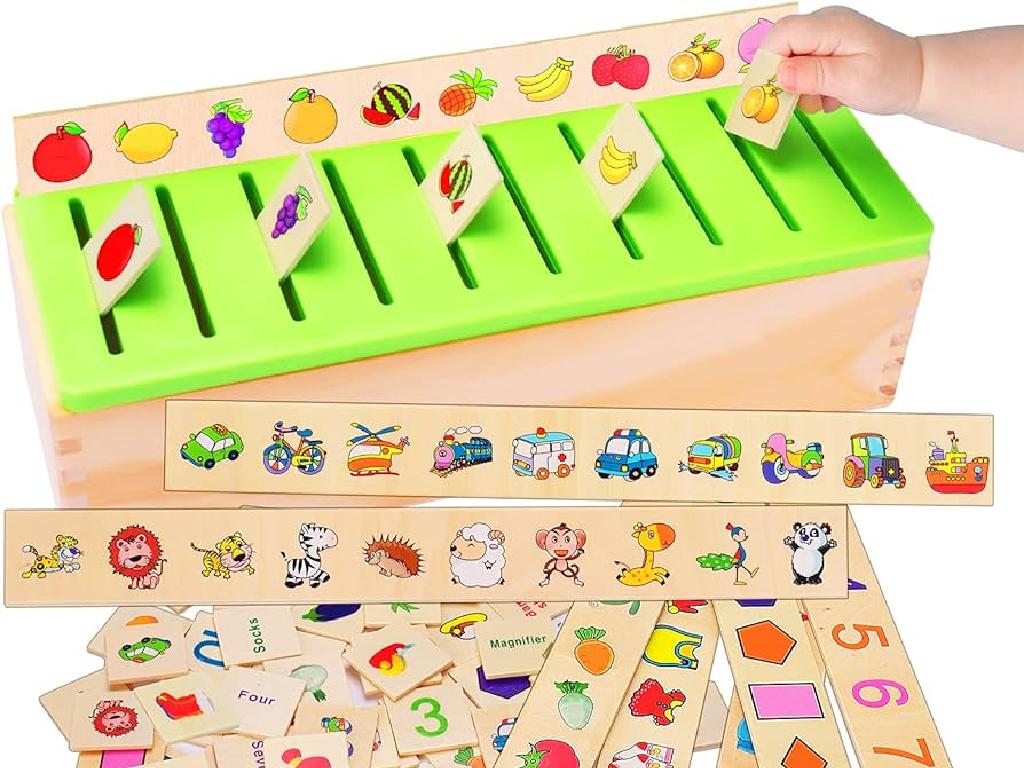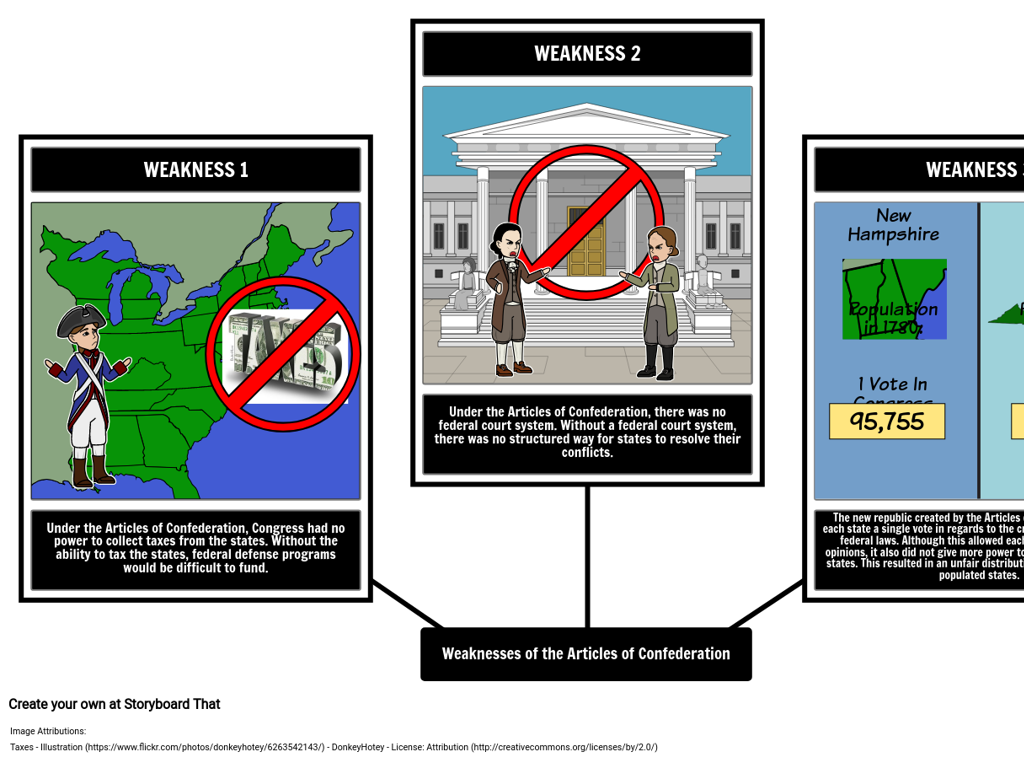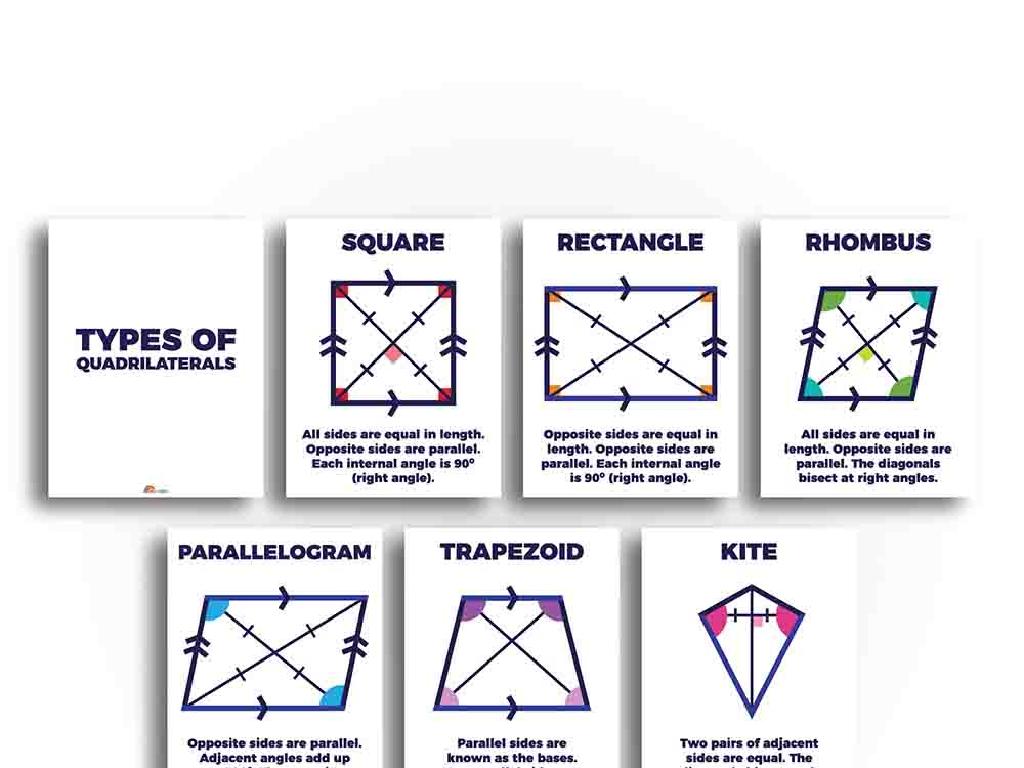How Are Substances Represented By Chemical Formulas And Models?
Subject: Science
Grade: Seventh grade
Topic: Density
Please LOG IN to download the presentation. Access is available to registered users only.
View More Content
Introduction to Chemical Formulas
– Chemistry’s symbolic language
– Defining chemical formulas
– Chemical formulas represent elements and compounds
– Examples of chemical formulas
– H2O for water, CO2 for carbon dioxide
– Significance in understanding substances
– They help us visualize the composition of substances
|
This slide introduces the concept of chemical formulas, which are the symbolic language used in chemistry to represent elements and compounds. It’s crucial for students to understand that each formula denotes the types and numbers of atoms in a substance. For instance, H2O represents water, indicating two hydrogen atoms bonded to one oxygen atom. CO2 represents carbon dioxide, with one carbon atom double-bonded to two oxygen atoms. Emphasize the importance of chemical formulas in conveying information about the composition and density of substances. Encourage students to think of formulas as a shorthand way to express detailed chemical information and to recognize common formulas for everyday substances.
Elements and Compounds: Chemistry Fundamentals
– Atoms: Matter’s building blocks
– Atoms are the smallest units of matter, indivisible by chemical means.
– Chemical bonding forms molecules
– Atoms bond to form molecules, which are groups of atoms joined together.
– Elements vs. Compounds
– Elements contain only one type of atom; compounds consist of two or more different atoms bonded.
– Representing substances with formulas
– Chemical formulas show the types and numbers of atoms; models visualize their structure.
|
This slide introduces the basic concepts of chemistry that are foundational for understanding how substances are represented. Atoms are the smallest units that define the chemical elements and their properties. When atoms bond together, they form molecules, which can be elements if they are made of the same type of atoms, or compounds if they consist of different atoms. It’s crucial to distinguish between elements and compounds to appreciate the diversity of substances. Chemical formulas, such as H2O for water, provide a shorthand representation of the composition of molecules, while models help us visualize their three-dimensional structure. Encourage students to think of familiar substances and how they might be broken down into atoms and molecules.
Writing Chemical Formulas
– Elements & their symbols
– Each chemical element has a unique symbol, e.g., H for Hydrogen, O for Oxygen.
– Law of Definite Proportions
– Elements combine in specific ratios to form compounds, not randomly.
– Writing formulas practice
– Practice with examples like H2O for water, CO2 for carbon dioxide.
– Common compounds formulas
– Learn formulas for substances like NaCl (salt), and C6H12O6 (glucose).
|
This slide introduces the concept of chemical formulas in representing substances. Begin with the basic symbols for elements found on the periodic table. Explain the Law of Definite Proportions, which states that in a chemical compound, the elements are always combined in the same proportion by mass. Provide practice for students to write chemical formulas for common compounds, reinforcing the concept that these formulas represent fixed proportions of elements. Include examples of everyday substances and their chemical formulas to illustrate the relevance of this concept in daily life. Encourage students to memorize some common formulas and understand the meaning behind each symbol and number in the formula.
Visualizing Molecules: Models
– Molecular models represent compounds
– They show how atoms bond and arrange in space
– Models help visualize molecule shapes
– Understanding geometry helps grasp molecule interactions
– Activity: Build a water molecule model
– Use balls (atoms) & sticks (bonds) to make H2O
|
This slide introduces the concept of molecular models and their importance in representing the structure of compounds. Explain that models are a way to visualize how atoms are bonded and arranged in three-dimensional space, which can be difficult to grasp from two-dimensional drawings. Emphasize that the shape of a molecule can affect its properties and interactions with other molecules. For the hands-on activity, provide students with materials to build a water molecule model. Suggest using different colored balls to represent hydrogen and oxygen atoms and sticks to represent the bonds. This activity will help students understand molecular composition and bonding. Provide guidance on how to connect the atoms correctly to form a water molecule (H2O), with one oxygen atom bonded to two hydrogen atoms.
Chemical Formulas and Density
– Relation between density & formulas
– Density shows how tightly packed a substance’s atoms are, as represented by its chemical formula.
– Calculating substance density
– Use the formula Density = Mass/Volume to calculate the density of different substances.
– Density examples in materials
– Water has a density of 1 g/cm³, while iron is about 7.9 g/cm³.
– Understanding density’s role
|
This slide aims to explain the concept of density in the context of chemical formulas. Density is a property that indicates how closely packed the atoms in a substance are, which can be inferred from its chemical formula. For example, the density of a substance can give us insight into its molecular structure and how much space it occupies. Students will learn to calculate density using the formula Density = Mass/Volume, which is a fundamental skill in science. Provide examples of common materials like water and iron to illustrate differences in density. Emphasize the importance of understanding density in various scientific applications, such as material selection in engineering or understanding buoyancy in physics.
Interpreting Chemical Formulas
– Molecular composition basics
– Atoms combine in fixed ratios to form molecules, e.g., H2O for water.
– Significance of molar mass
– Molar mass: the mass of one mole of a substance, crucial for quantitative chemistry.
– Deciphering complex compounds
– Complex compounds have multiple elements; e.g., C6H12O6 (glucose).
– Practice with chemical models
– Use ball-and-stick models to visualize molecules and understand their structure.
|
This slide introduces students to the concept of interpreting chemical formulas, which is essential for understanding the composition of substances. Start by explaining that molecules are made up of atoms in fixed ratios, which can be represented by chemical formulas like H2O for water. Emphasize the importance of molar mass, which is used to measure the amount of a substance and is vital for calculations in chemistry. Teach students how to read formulas of complex compounds, such as glucose (C6H12O6), by identifying the elements and the number of atoms of each. Encourage hands-on practice with chemical models to help students visualize the three-dimensional structure of molecules. This will aid in their comprehension of how substances are represented both on paper and in physical form.
Class Activity: Exploring Density
– Objective: Find substance density
– Materials: Cylinder, Water, Oil, Syrup, Scale
– Procedure: Measure & calculate density
Fill cylinder with liquid, note volume, weigh, and use density = mass/volume
– Discussion on density & chemical formulas
Compare how water, oil, syrup densities relate to their chemical makeup
|
This activity aims to give students a hands-on experience in measuring and understanding density. Students will use a graduated cylinder to measure the volume of water, oil, and syrup, and a balance scale to determine their mass. They will then calculate the density of each liquid using the formula density = mass/volume. Encourage students to observe the layering of the liquids based on density differences. Discuss how the density of each substance is related to its chemical formula and molecular structure. Possible variations of the activity could include using different liquids, solids, or comparing the density of pure substances versus mixtures.
Conclusion: Chemical Formulas, Models, and Density
– Recap: Chemical Formulas & Models
Chemical formulas (H2O, CO2) represent the elements and their proportions in compounds.
– Understanding Density’s Role
Density explains how compact a substance is, crucial for predicting behavior in different environments.
– Q&A Session
An opportunity to ask questions and clarify any doubts about today’s topic.
– Review Key Concepts
|
As we wrap up today’s lesson, let’s revisit the key concepts we’ve learned about chemical formulas and models. These representations are essential tools for scientists to understand and communicate the composition of substances. We also discussed density, a fundamental property that affects how substances interact in various situations, such as oil floating on water. Encourage students to ask any lingering questions they may have, ensuring they leave the class with a clear understanding of the material. Use this time to reinforce the importance of these concepts in the study of science and their applications in real-world scenarios.






